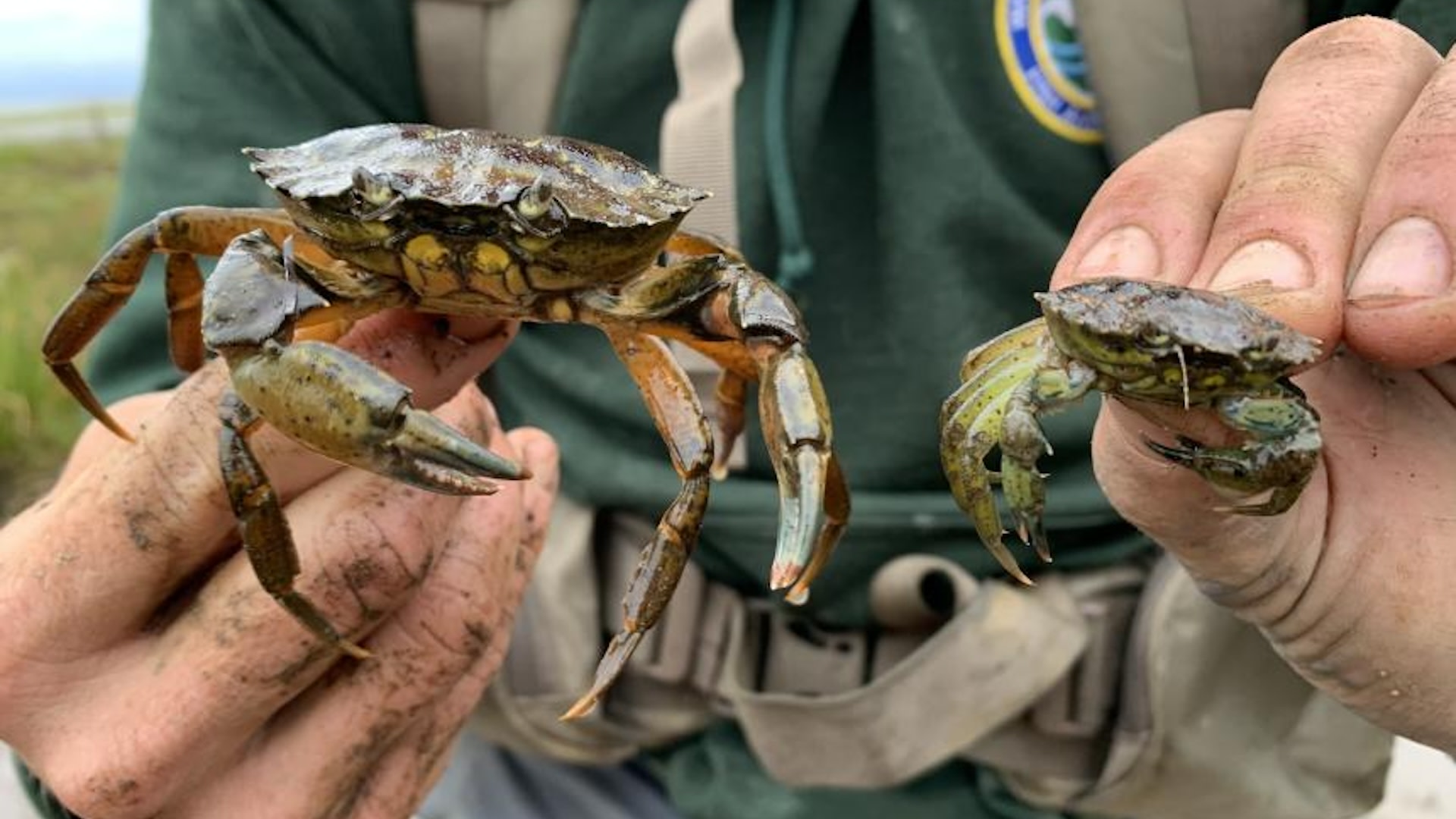An invasive crab species is spreading in Washington, and officials are urging residents to help control the dangerous population.
What's happening?
The European green crab was recently discovered for the first time along the state's North Central Coast, Seattle's KING 5 reported.
The Washington Department of Fish and Wildlife removed 33 of the small crustaceans from the La Push area in early August. It had pulled 285,000 of the species from Willapa Bay in the southwest part of the state and the Lummi Nation's Sea Pond in the northwest in 2022.
"European green crabs do not respect jurisdictional boundaries," WDFW aquatic invasive species policy coordinator Justin Bush told KING 5. "This is an excellent example of tribal nations, the state, and researchers working together to address a shared problem that threatens our environment and coastal economies."
Why is this important?
The European green crab has been in Washington waters since at least 1998, according to WDFW, but their presence didn't begin to wreak havoc until recently.
"Beginning around 2018, state and federal agencies, tribes, and partners began to detect significant increases in European green crabs — potentially linked to warmer water conditions, especially in 2021 — in areas including Willapa Bay, Grays Harbor, Makah Bay, and Lummi Bay," according to WDFW.
The 4-inch animals destroy eelgrass beds and estuarine marsh habitats, threatening native shellfish, salmon, and other species that rely on these ecosystems for survival. They also eat other crabs, oysters, and up to 40 half-inch clams per day.
This could paralyze the shellfish industry and cause lasting damage to food webs.
What's being done about the crabs?
WDFW asked that anyone who spots a green crab should report it immediately. It also encouraged documenting the sighting with a photo since they can be confused with the native hairy shore crab or helmet crab. The invasive species typically lives in shallow water — up to 25 feet deep — around estuaries, beaches, and mudflats.
This crab is not the only shellfish forcing officials around the world to scramble for solutions. In the United Kingdom, the North American signal crayfish is giving rise to so much devastation by eating fish eggs and eroding river banks that experts are promoting it as a great source of calories.
Because invasive species cost the United States $20 billion per year in damages and management costs, green crabs are on the menu, too.
Join our free newsletter for good news and useful tips, and don't miss this cool list of easy ways to help yourself while helping the planet.








